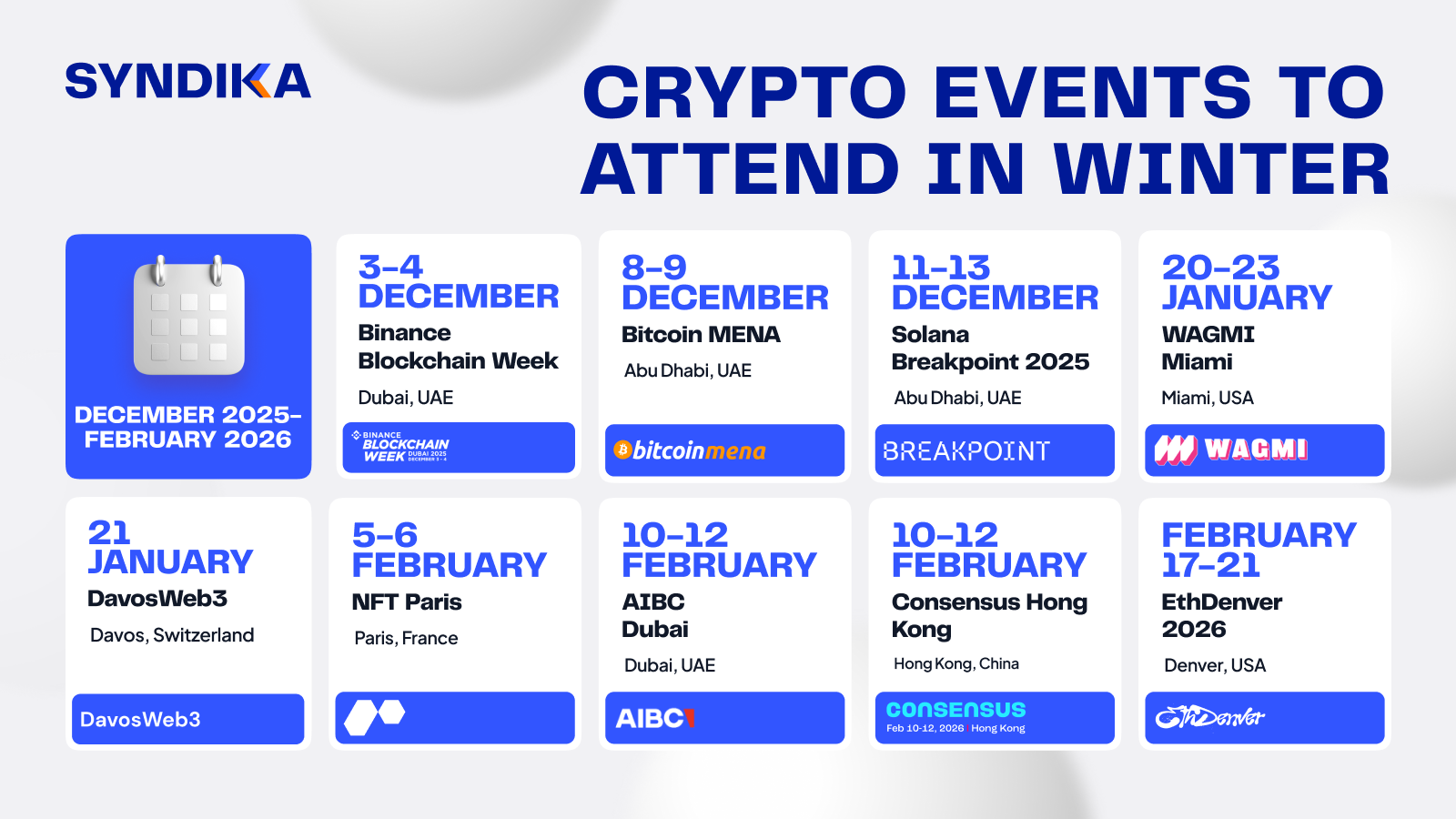
Web3 founders are finally realizing that airdrops, giveaways, and X comments don’t buy users; they just buy noise. The only metric that matters is the number of people who come back, contribute, and stay.
A study by Keyrock, analyzing 62 airdrops across six blockchains in 2024, showed that only eight delivered positive returns after 90 days.
The blockchain projects that once relied on simple giveaways and influencers are now being replaced by those that use data as their growth engine. This shift is defining a new era of Web3 marketing – one where every campaign is measurable and every user journey is traceable, from impression to transaction.
How do Web3 projects use data to acquire the right users? Together with our partner, Addressable, we’ve identified the most effective data-driven strategies to win and retain users in Web3.
1. Replacing Random Airdrops with Action-Qualified Quests
Mass airdrops once looked like easy growth, but in practice, they rewarded bots and speculators. The Web3 startups thriving in 2025 are taking a smarter route – action-qualified quests.
Instead of rewarding every claimant, these quests identify and incentivize users with meaningful on-chain histories: stakers, liquidity providers, DAO voters, or Web3 developers.
What’s more, when rewards are tied to meaningful actions, users stop acting like hunters chasing crypto airdrops and start behaving like partners helping a project grow. The quest format turns community engagement into a co-building process.
2. Going Native: Web3-First Channels
2025 marks a shift away from rented audiences. As more users demand ownership of their data, blockchain projects are migrating to Web3-native social platforms like Lens Protocol, Mirror, and Farcaster.
Here, engagement works differently. Every like, comment, and post is stored on-chain, making it transparent and trackable. This means communities can actually reward people for contributing. Instead of chasing virality through algorithms, teams build engagement economies where every like, share, and post is tracked and rewarded on-chain.
The smartest teams in crypto who think of long-term user acquisition, however, now run hybrid marketing campaigns: outreach on Web2, retention, and community building on Web3.
3. Building Communities On-Chain
The user acquisition model of 2020–2024 was a blur of giveaways, viral loops, and airdrop farming. In 2025, top teams analyze wallet histories, cross-chain behavior, and staking patterns to understand what their users actually do. This new wallet-first strategy has replaced “target audiences” with on-chain cohorts.
Tools like Nansen and Dune are great for seeing what happens on-chain. But they leave a massive black hole: you have no idea who those users are or how they got there. This is the gap Addressable was built to close. By connecting that on-chain behavior back to the off-chain ad impressions and web visits, Addressable completes the loop – connecting that on-chain behavior back to the off-chain actions that sparked it. By linking ad impressions and web visits to verified wallet activity, it gives growth teams the full picture of cause and effect. For the first time, marketers can attribute every outcome to a real user journey.
“The era of ‘spray and pray’ marketing in Web3 is over. You can’t build a sustainable project on crypto airdrop hunters and bot traffic. The next cycle will be won by teams who stop guessing and start using data to find real users. Our platform provides the on-chain intelligence to do exactly that,” says CEO of Addressable, Tomer Sharoni.
Besides, when campaigns are built around wallet data, they reach communities that already have context and conviction. The conversion funnel shortens, retention rises, and marketing finally becomes measurable end-to-end.
4. Providing Users with Long-Term Value
Building “trust capital” means treating your community as stakeholders, not spectators. Why?
Stakeholders don’t just follow your project – they share in its risks and rewards. They care about governance decisions, token performance, and product direction because their own outcomes are directly connected to them. This sense of shared responsibility builds communities and ecosystems that support projects through market cycles because they understand the long game (you can learn more about how to build a community in Web3 here.)
And when users genuinely believe in your vision, they naturally become your most powerful advocates. Their loyalty, participation, and word of mouth drive the kind of organic growth and credibility that no marketing campaign can replicate.
5. Creating a Web3 Economy, Not a Marketing Campaign
In Web2, marketing ends when the ad budget runs out. In Web3, it never ends because growth isn’t a campaign; it’s an economic design, where the best projects think less like marketers and more like system architects.
Asaf Nadler, COO & Co-founder of Addressable, adds that “you can’t be a system architect if you’re blind. The ‘growth’ of the last cycle was just burning capital on noise. The next cycle will be won on capital efficiency. On-chain intelligence is the feedback loop that shows you if your economic design is actually working or if you’re just subsidizing mercenaries.”
In these ecosystems, tokens are not prizes – they’re utilities themselves. Liquidity providers don’t just inject capital; they help stabilize the network and earn a voice in governance. Creators turn their content into productive digital assets, earning protocol revenue rather than platform likes. Even users generate value by sharing insights and data that directly shape how products evolve.
When people participate because it benefits both them and the network, growth stops being an outcome – it becomes the architecture of the product itself.
6. Educating Instead of Selling
In 2025, education is marketing. The Web3 startups that stand out aren’t selling features; they’re teaching users about the Web3 ecosystem and how their Web3 project can help.
This is especially important as crypto adoption becomes massive. People entering Web3 today expect context, clarity, and credibility. Educational content – from tutorials to memes – builds a safe environment where you can learn how to grow in Web3.
At the end of the day, when your users understand your DeFi protocol deeply, they stay longer, participate more, and advocate strongly.
Bottom Line
Web3 user acquisition in 2025 is entering its most mature and disciplined phase yet. The era of noise – viral airdrops, influencer campaigns, and speculative hype – is giving way to an era of signal: data, retention, and value alignment. The data-driven growth is no longer measured by wallets collected or impressions generated, but by the depth of participation.
Because the goal of a Web3 founder isn’t to reach everyone – it’s to reach the right ones: the users who believe in your mission, help shape your roadmap, and grow alongside your project.



